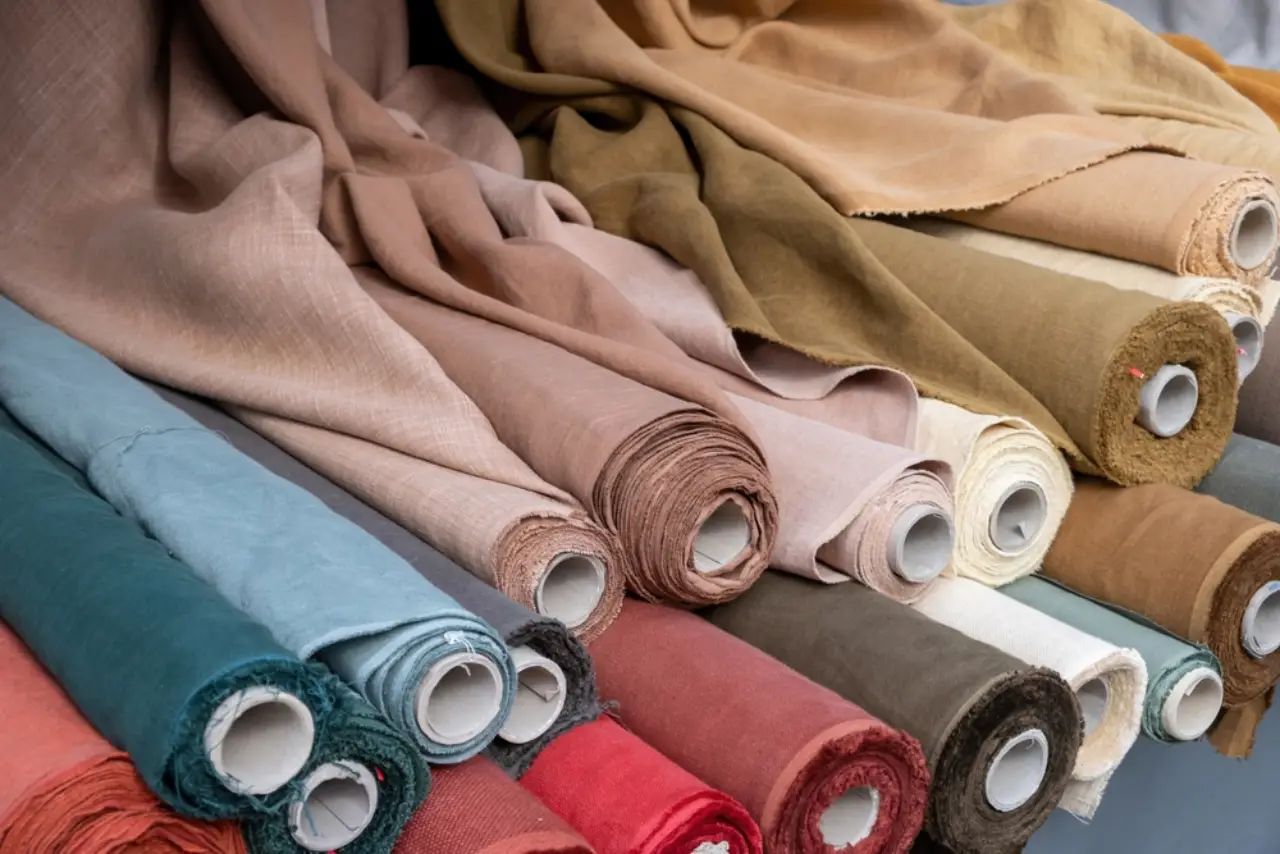When it comes to the fashion industry, one of the most important aspects to understand is how clothing manufacturers work. They’re the unsung heroes behind every piece of clothing you wear, turning designs into reality and ensuring quality from start to finish. Whether you’re an aspiring fashion designer, a brand manager, or just someone interested in how clothes are made, getting to know the ins and outs of clothing manufacturing can give you valuable insights.
Manufacturers play a crucial role in the apparel industry, handling everything from sourcing materials to production and quality control. They can impact everything from the cost and quality of your garments to the speed of delivery. With so many different approaches to manufacturing, it’s helpful to understand what goes on behind the scenes. Let’s dive into the world of clothing exporters and explore how they bring your fashion visions to life, ensuring that every detail is just right.
Let Us Understand What is Clothing Manufacturing?
Clothing manufacturing is the process through which raw materials are transformed into finished garments ready for the market. It involves several stages, starting from the design phase where concepts are turned into detailed patterns and prototypes. Once the designs are finalized, manufacturers source materials like fabrics, threads, and buttons. These materials are then cut, sewn, and assembled into clothing items. Throughout this process, manufacturers ensure quality control to meet standards and specifications, making sure the final product aligns with the designer’s vision and consumer expectations.
Understanding clothing manufacturing means appreciating the intricate details that go into producing a garment. It’s not just about stitching fabric together but also involves logistics, quality assurance, and sometimes even ethical considerations. By grasping how clothing manufacturing works, you gain insight into the complexities of the fashion industry, from the challenges of material sourcing to the precision required in the production process. This knowledge can help you make informed decisions, whether you’re developing your own clothing line or simply curious about the industry’s behind-the-scenes operations.
If you want to dive deeper into the topic on How to start a Clothing Manufacturing Business click on the link to know more.
Now Lets Understand Different Types Of Clothing Manufacturers
When exploring the types of clothing manufacturers, it’s essential to understand the distinct approaches they take to produce garments. Each type has its unique processes, benefits, and limitations, catering to different needs in the fashion industry. Here’s a detailed look at the different types of clothing manufacturers:
1. Cut, Make, Trim (CMT) Manufacturer
CMT manufacturers are among the most common clothing exporters in the industry. They focus on the essential stages of production—cutting the fabric, making (sewing) the garments, and trimming the final product. This type of manufacturer typically requires the client to provide the design, patterns, and materials.
Pros:
- Flexibility: Ideal for brands that want to retain control over the design process and materials.
- Cost-Effective: Often more affordable, especially for smaller runs.
- Customisation: Allows for greater customisation, as brands can source unique fabrics and trims.
Cons:
- More Work for the Client: The brand must handle sourcing materials and creating patterns, which can be time-consuming.
- Limited Services: CMT manufacturers do not provide additional services like design assistance or material sourcing.
2. FPP (Full Production Package) Manufacturer
Full Production Package (FPP) manufacturers offer a comprehensive solution, handling everything from design to delivery. This type of manufacturer manages the entire production process, including sourcing materials, creating patterns, and producing the final garments.
Pros:
- Convenience: The brand can focus on other aspects of the business while the manufacturer handles the entire production process.
- Expertise: FPP manufacturers often have extensive experience and resources, ensuring high-quality production.
- Time-Saving: With everything managed by the manufacturer, the production process can be more streamlined and efficient.
Cons:
- Higher Costs: FPP services are generally more expensive due to the comprehensive nature of the offering.
- Less Control: Brands may have less input on the sourcing and production process, potentially leading to compromises in design or material quality.
3. OEM (Original Equipment Manufacturing) vs. ODM (Original Design Manufacturing)
OEM (Original Equipment Manufacturing) and ODM (Original Design Manufacturing) are two other types of clothing manufacturers that offer different levels of involvement in the design and production process.
OEM Manufacturers
These manufacturers produce garments based on the brand’s designs and specifications. The brand provides the design, and the OEM manufacturer produces the clothing according to those exact specifications.
- Pros: Retains control over the design, ensures brand identity, and allows for unique product offerings.
- Cons: Similar to CMT, it requires the brand to handle design and material sourcing, which can be labour-intensive.
ODM Manufacturers: ODM manufacturers provide pre-designed products that brands can customise and sell under their label. This is often referred to as white label clothing.
- Pros: Quicker time-to-market, as designs and patterns are already created. Ideal for brands looking for a hassle-free entry into the market.
Cons: Limited customisation options, which may result in less unique products and potential overlap with other brands using the same manufacturer.
Conclusion
Understanding the different types of clothing manufacturers can greatly enhance your approach to the fashion industry, whether you’re a designer, retailer, or simply a fashion enthusiast. Each manufacturing model has its unique strengths and can significantly influence the production process, cost, and quality of your garments. By familiarising yourself with these options, you’ll be better equipped to make informed decisions that align with your goals and ensure your fashion projects are a success. As you navigate through the complexities of clothing manufacturing, remember that knowledge and careful planning are key to turning your creative visions into reality.
Popular Search:
Best Clothing Manufacturers Men’s Designer Shirt Manufacturers Designer Shirt Manufacturer in India Men’s Shirt Manufacturers Men’s Shirt Manufacturers in India Private Label Shirt Manufacturers Best Private Label Clothing Manufacturers India Uniform Manufacturers School Uniform Manufacturer in India White Label Clothing Manufacturer White Label Clothing in India

